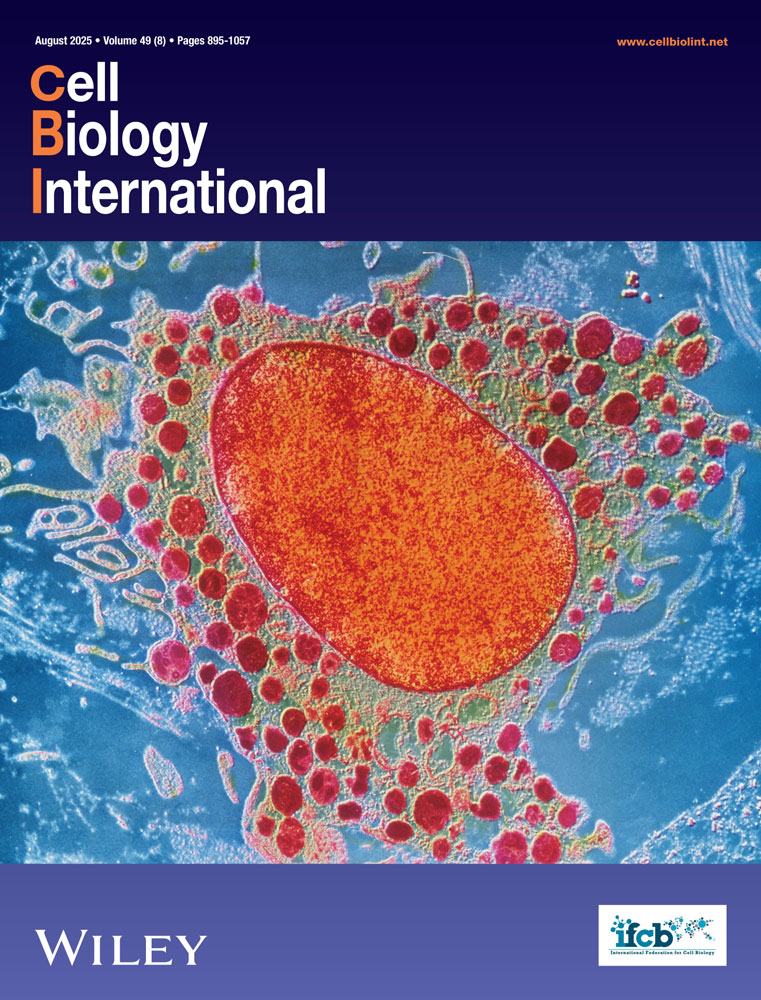Resistance of a recombinant Escherichia coli to dehydration
Abstract
Dehydration of microorganisms, rendering them anhydrobiotic, is often an efficient method for the short and long term conservation of different strain-producers. However, some biotechnologically important recombinant bacterial strains are extremely sensitive to conventional treatment. We describe appropriate conditions during dehydration of the recombinant Escherichia coli strain HB 101 (GAPDH) that can result dry cells having a ∼88% viability on rehydration. The methods entails air-drying after addition of 100 mM trehalose to the cultivation medium or distilled water (for short term incubation).
1. Introduction
Desiccation is a natural stress to which different microorganisms are frequently subjected. Apart from their theoretical interest, the mechanisms of microbial cell survival under extremely dry conditions merit investigation because the resistance of bacterial cells to dehydration is very important in biotechnology. All the factors that can influence cell sensitivity and stability must be clearly understood to establish new, simple and effective methods for ensuring the short and long term conservation of strain-producers without significant loss of their physiological characteristics. The possibility of conserving genetically engineered strains in the dry state needs special attention where they have been found extremely sensitive to dehydration. This investigation attempted to establish a successful method getting such bacteria into an anhydrobiotic state.
2. Materials and methods
2.1 Bacterial strain and media
Escherichia coli HB 101 (GAPDH) was stored in 15% glycerol at −80 °C (see Gscheadler et al., 1994). It was grown aerobically in M2 media overnight at 37 °C on a rotary shaker at 200 rpm. Trehalose (Sigma) was added at 100 mM to either the culture medium or distilled water for fermentation or incubation, respectively.
2.2 Dehydration and plate count of cells
Cells were harvested at stationary phase and in some experiments incubated with trehalose at 37 °C for 40 min, dehydrated for 16 h at 30 °C before being resuspended in 20 ml M2 medium without glucose. The plates were inoculated in triplicate for each dilution step and incubated at 30 °C for 2 days before CFUs were counted to determine viability. The results are presented as the mean values of triplicate assays.
3. Results
In an initial determination of the resistance to dehydration of this bacterial, the highest viability was ∼16%, which is too low for recovery purposes. One of the main determinants of stability during dehydration–rehydration is maintenance of the molecular organisation of intracellular membranes (Beker and Rapoport, 1987; Beney et al., 2004; Crowe et al., 1989; Potts, 1994). Over the last 20 years, trehalose has proven a particularly effective protective agent (Tunnacliffe et al., 2001; Crowe, 2007). Some increase in E. coli viability after freeze-drying in the presence of 100 mM trehalose was reported by Israeli et al. (1993). Importantly, their calculations showed that the theoretical number of trehalose molecules necessary to “saturate” the membrane phospholipids corresponded closely to 100 mM. We used this same trehalose concentration in our subsequent experiments, using 2 different ways of introducing the agent: (i) cells were incubated for 40 min in 100 mM trehalose after growth; and (ii) 100 mM trehalose was added to the nutrient medium immediately before culturing for 24 h. The results show that a significant increase in bacterial resistance to dehydration–rehydration occurred; in the best cases a viability of 88% was attained in both cases.
A significant increase in the viability of a recombinant E. coli strain has been achieved after dehydration–rehydration under these conditions, and the proposed method should be help establish new and efficient ways of conserving bacterial strains for biotechnological purposes.
Acknowledgement
GK acknowledges funding support from CNRS-DRI (France) for completing this investigation.




